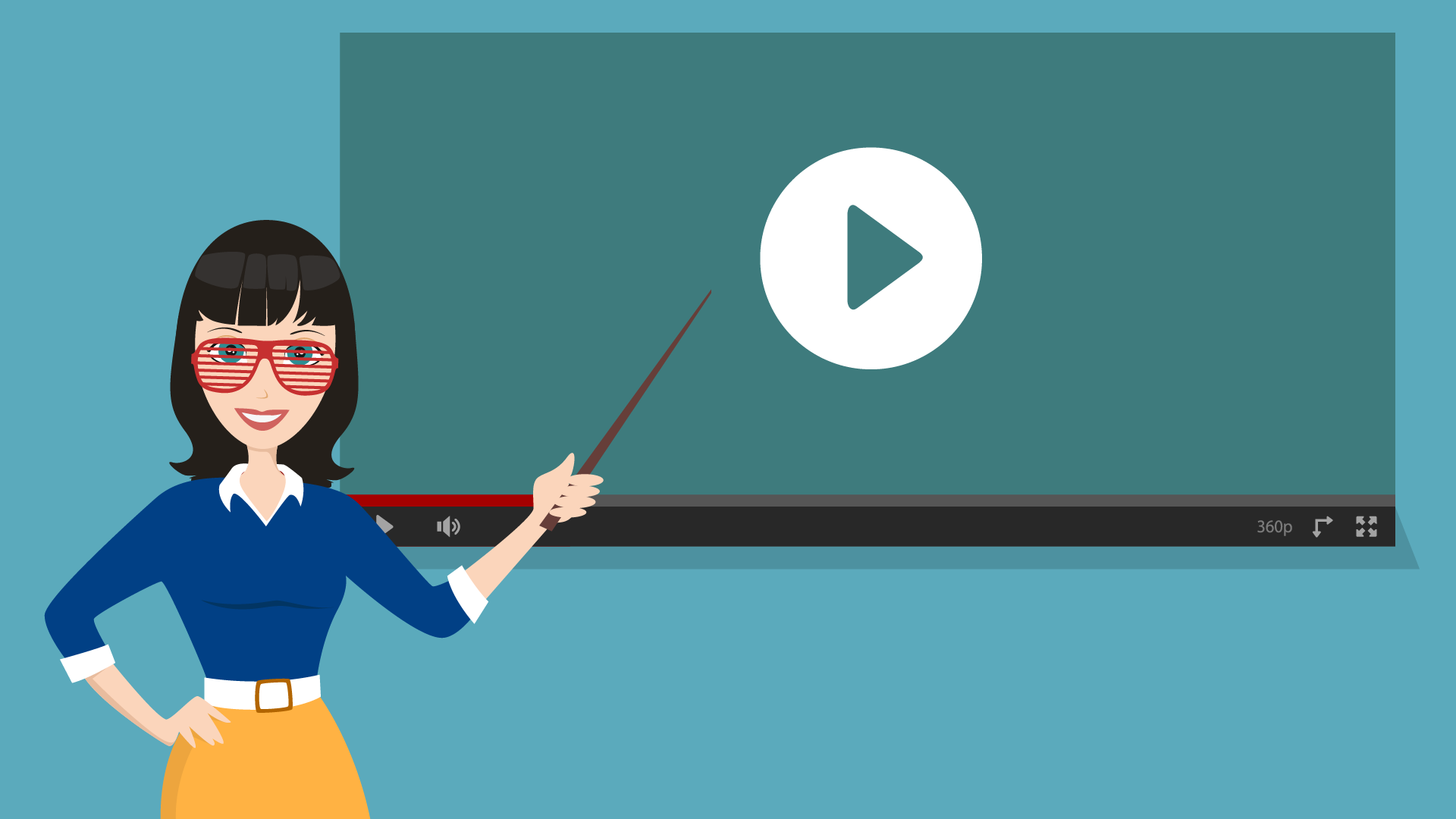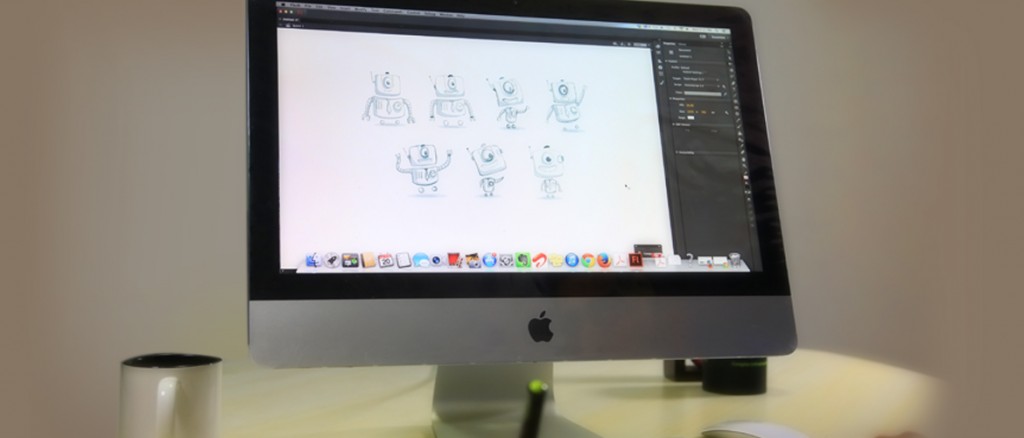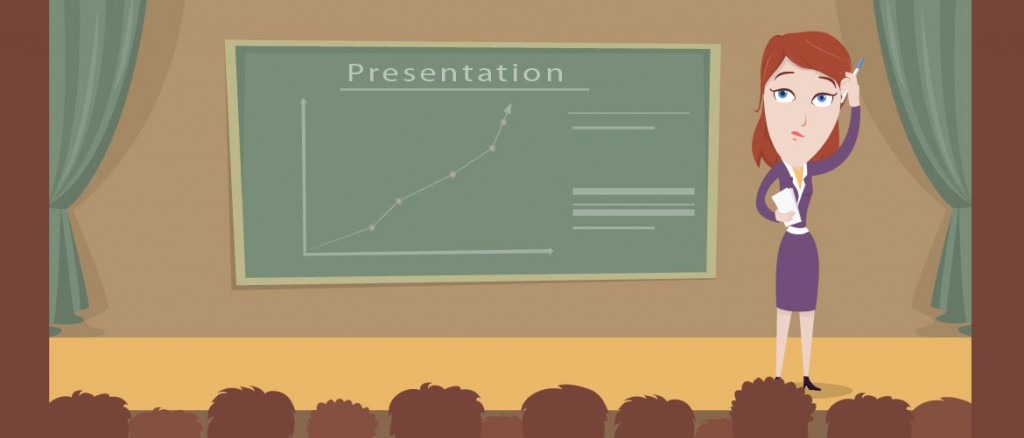5 Super ways to use video to solve classroom problems and becoming the coolest teacher
Teachers are always on the lookout for new methods of teaching to make the class as lively as possible. The general principles and pedagogy used for teaching is going towards adoption of technology in the classroom. But one has to keep in mind that every student learns differently.
Learning by seeing, hearing and doing is something which is universal to all kind of students. Videos are an excellent way to engage student so that teaching and learning is individualized.
There are various challenges faced by teachers and this blog talks about how to overcome them by using an engaging teaching methodology.
The challenge of using Technology productively
Technology penetration is high in the schools with 97 percentage of teachers in the United States having one or more computers in the classroom and 93% with internet connection. But how to productively use them is a question mark.
The world wide web has the ability to distract students away from the curriculum as much it is capable of providing huge information regarding the curriculum.
The challenge lies in streamlining the information to help students remain focussed.
Challenge of classroom boredom
If we look closely, the most common cause for students to face boredom in class is the disengaging lecture method of teaching.
The more complex a problem is the more time you spend in teaching them. This method is just one sided and repetitive in an attempt to make the students recall the concept.
The effort often becomes futile when they lose interest and cannot concentrate for that long.
The Challenge of engagement
Unlike other professions, for a teacher, the feedback is instant. The teacher finds out if the students have been attentive and interested in the class through the level of engagement the class.
Nowadays, a teacher had become more of a facilitator who helps people learn through discussing and not teaching. Making students voice their thoughts and understanding can be a challenge.
The challenge of assignments:
Learning by doing is a method widely accepted among teachers. The assignments aim at enabling students in learning by practically applying the concepts. The teacher hunts for ideas and eventually runs out of any.
The challenge of recollection:
Recollection is a very common problem among students with the students feeling that they have understood the class when asked. But fail to recollect the understanding after a few days.
It means that the class had not made an impact on them by kindling their thought process i.e a deeper understanding has not taken place.
Challenge of Diversity
Every student is unique and have different capabilities of grasping in the class. So, there is no one size fits all method of teaching.
There are students who are visual learners, some are auditory learners and some are kinesthetic (who learn by doing or through projects).
Identifying their capabilities is important before setting out to adopt a teaching methodology.
6 foolproof ways to solve these problems through Videos
01.Adopt technology
The world is connected and so are the students. They will be able to relate to you much better when you use technology and get proficient with them. There is no other way to look cooler in the eyes of your students than adopting new age tools.
Now, Come on! Rage ahead and and beat your students at being tech savvy. Don’t be intimidated yet, you always have a choice to pick the easiest tool ever which takes no time to master.
A tool like animaker is in the cloud, you will be able to create videos and use it whenever you want and take it wherever you want. A great way to stay connected.
02. Adopt Storytelling approach:
This is a great way to kick boredom away and break monotony. When you create a video to tell your story, the students would get a visual explanation through characters, properties and backgrounds used to explain the concept in hand.
Stories are the best way to synchronize the thoughts of the teller with that of the listeners. Thus bringing the teacher and the student closer together in their views towards the concept. A Story is nothing but a connection of the cause and the effect.
These article gives you an expert insight into how storytelling affects Student’s/listener’s brain and how to master it the art of storytelling
The Science of storytelling: What Listening to a story does to our BrainsUsing Storytelling to enhance student learning 30 Storytelling tips for Educators Use the above articles as a guide to create your story and convert them into a video with characters, assets and backgrounds and a very appealing music. Keep in mind that the story has to introduce the concept, followed by the plot which has the engaging story (Cause) and then the moral of the story (effect). The last part of the story is more crucial as it explains the inference and application of the concept.
03. Learning by doing
Learning by doing is a form of educating children which has gained wide appreciation. But there are only a few subjects which could be learnt practically like science experiments and math but subjects like history remains a challenge. Besides, it is difficult to keep the kids outdoor for each and every subject and show them real life examples.
Learning by doing or experiential learning can be made effective without leaving the classroom premises. The most advocated methods are role plays, discussions, group projects etc. To bring in the Audio-visuals, videos are a great way.
Apply "learning by doing" to this and you get to empower the students to learn by themselves and teach the rest of the class. Encourage them to create a video teaching material for the class on a certain topic.
It allows the students to readily acquire knowledge, visualize it and decode it through a video. This kind of metal modelling will help him in understanding, memorizing and recalling the concept strongly.
According to a study on hands-on learning and technology based activities, it is found that for learning any applicable concept, hands-on-learning or Learning by doing is effective.
Through this we move on to “the students centric approach” from "teacher Centric approach".
04. Entertain and engage
Why do you think that the students are able to learn quickly what’s shown on television and find it hard to focus on class? The answer is simple. TV is meant for entertainment.
It is a fact that schools are teaching platforms and are not entertainment zones. But there is a compelling need for entertaining the students to gain their attention i.e making learning fun. Having said that, it is also essential to bring a focus on the subjects and make them engage and participate.
Videos are incredible teaching tools which help the teacher to both entertain and engage the students effectively. Videos are entertaining because of the vibrant splash of color and the movement of the assets all over the screen capturing attention till the last second.
Moreover, a lighter classroom environment could ensure the students to open up and voice their opinion.
There is nothing like an animated story that allows the students to brainstorm all day long. While they discuss, the teacher must act as a moderator by keeping them focussed on the subject in hand for a clear picture.
05. The art of reinforcing
When recollecting is the problem reinforcing is the only solution. Create a large number of chunks of videos as bite sized pieces under a single topic to kindle their curiosity and watch all of them.
These videos will have a few repetitive content which will help in reinforcing the subject matter again and again.
Anything which is repeated gets the needed attention just like what the ads on television and the radios achieve. They keep repeating the same thing again and again.
In the classroom, a teacher can create variations of the same concept by changing the title, the plot or the Characters used in the video to reinforce a difficult concept.
Further, when the learning material is shorter, the attention level is high and hence the retention levels are also high. And also, since videos are always available as a learning material, the students can always watch them at their leisure in their own pace.
06. Food for eyes, ears and thought
Every student has different capabilities and the way they learn is different. Videos are the only teaching tools that would satisfy all senses. The power of videos still remain untapped in the classrooms.
Try a class using Animaker! and let us know how it worked.





